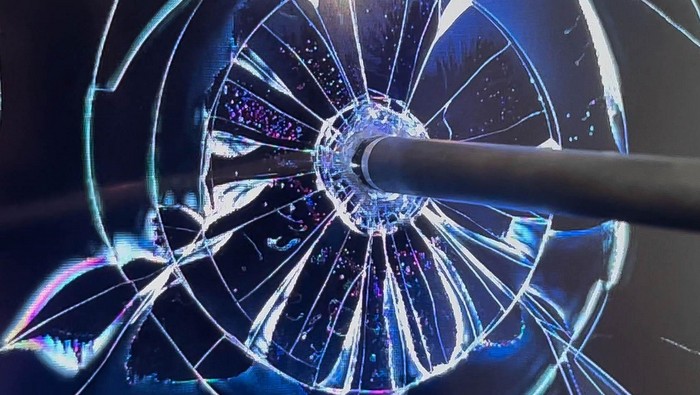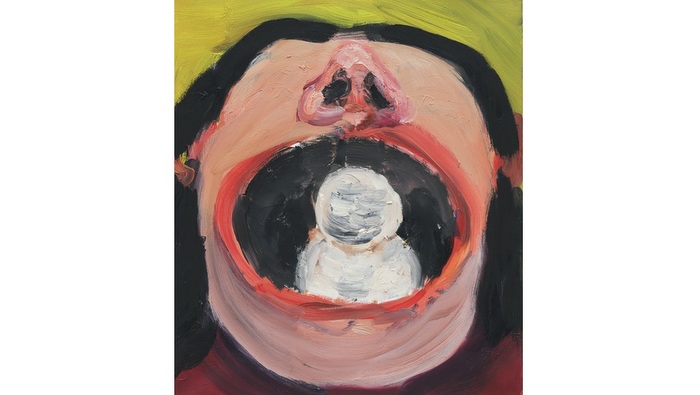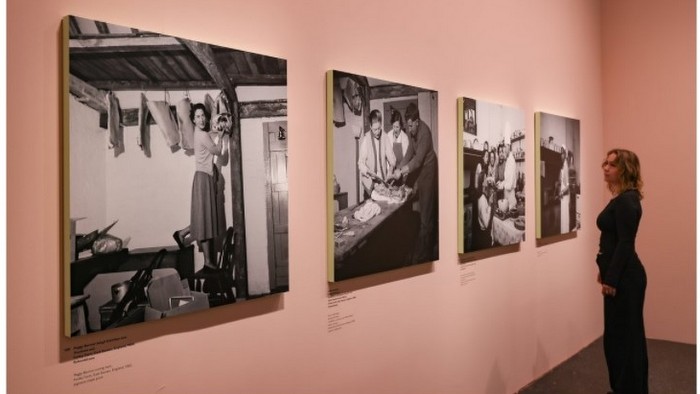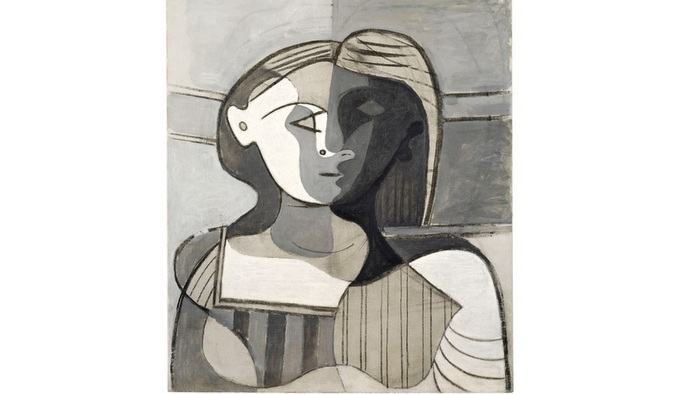Elizabeth "Lee" Miller (1907 - 1977) is one of the most versatile photographers and photojournalists of the 20th century. Her oeuvre combines the contrasting genres of surrealism, fashion, portrait and travel photography, all the way to war reporting. The Bucerius Kunst Forum documents with the show Lee Miller. Photographer between War and Glamour, how Miller went her own way as an artist and war reporter, repeatedly breaking conventions both in terms of content and form. For the first time, her life's work will be on view in its entirety in Hamburg.
The exhibition presents 150 photographs from the period 1929 to 1973 and thus shows the entire breadth of Miller's life's work. Organised in cooperation with the Museum für Gestaltung Zürich and the Lee Miller Archives, the exhibition divides Miller’s creative phases into the chapters Modelling, Fashion and Portraits, Surrealism, Women at War, Miller’s War, Concentration Camps, Liberated Paris and Food, Friends, Farley Farm.
In the 1920s, Lee Miller posed for the pre-eminent photographers of the twentieth century. After two years in front of the camera, she then switched sides. She met the surrealist Man Ray in Paris and worked with him on joint photo projects and experiments with the solarisation technique. Miller also made contact with other fellow artists among the Parisian avant-garde and dabbled in the Surrealist style before developing her own artistic language.
In 1932 Miller left Paris and returned to her native New York, where she ran a highly successful photography studio for two years. She married the Egyptian businessman Aziz Eloui Bey in 1934 and moved with him to Cairo. The natural forms she chose as subjects for her landscape scenes from this period attest to her keen eye for the ambiguous character of reality, schooled as it was in the Surrealist point of view. The Egyptian desert was the setting for many of her best-known Surrealist works, such as Portrait of Space. When the Second World War broke out, Miller was living in London with a new partner, the English artist Roland Penrose. In 1940 she worked as a photographer for Vogue. Her photographs for the fashion magazine are often artfully staged and plainly betray the influence of Surrealism. In her photojournalism, by contrast, Miller compellingly captured the social impact and disastrous consequences of the war. In 1942 she was one the few female Americans to be accredited by the US Army as a war reporter, and from 1944 onward she reported from the front lines for Vogue. Miller followed the Allied conquest of Normandy with her camera and proceeded to move across Europe with the advancing US troops. She was one of the reporters who witnessed and documented the liberation of Paris. Beginning in 1945, Miller turned her lens on the aftermath of war in Germany and Austria. She was among the first to document the crimes that had been committed by the Nazis in the newly liberated concentration camps in Dachau and Buchenwald. During a stopover in Munich, the photographer stayed in what had once been Adolf Hitler’s private apartment, in the meantime occupied by American soldiers. It was there that she took the famous photo of herself in the dictator’s bathtub. The boots she wore during her visit to the concentration camp in Dachau are on the dirty bathmat in front of the tub. The seizure of the intimacy of the defeated enemy is staged just on the day of his death.
Miller’s haunting accounts of the war for Vogue made her one of the most renowned photojournalists of the twentieth century. The impact of Surrealism on her photographic practice would give her a unique way of approaching the gruesome sights she encountered at the recently liberated concentration camps of Dachau and Buchenwald in a special, fearless way. Miller’s pictures indeed seem absurd at times, and yet these are uncensored scenes of the real-life horrors of war. Traumatised by her wartime experiences, Miller returned to England after the end of the war and ceased work as a professional photographer. She discovered cooking as a new pursuit, creating her own recipes and welcoming many prominent figures on the European art scene to her home in East Sussex.
As part of the sponsorship of the exhibition by the Hapag-Lloyd Foundation, the Foundation will provide free admission for all visitors on 4 July 2023.
Lee Miller. A Photographer between War and Glamour is an exhibition of Museum für Gestaltung Zürich, in cooperation with the Lee Miller Archives, East Sussex.
The exhibition is under the patronage of the Ambassador of the United States of America, Dr. Amy Gutmann.
On the cover: Lee Miller. A Photographer between War and Glamour. Photo: Ulrich Perrey
Source: Bucerius Kunst Forum
Related Publications

Leo Pum presents HYPER LIKE at HYPER HOUSE
December 18, 2025
Aargauer Kunsthaus. Klodin Erb. Curtain falls dog calls
December 17, 2025












